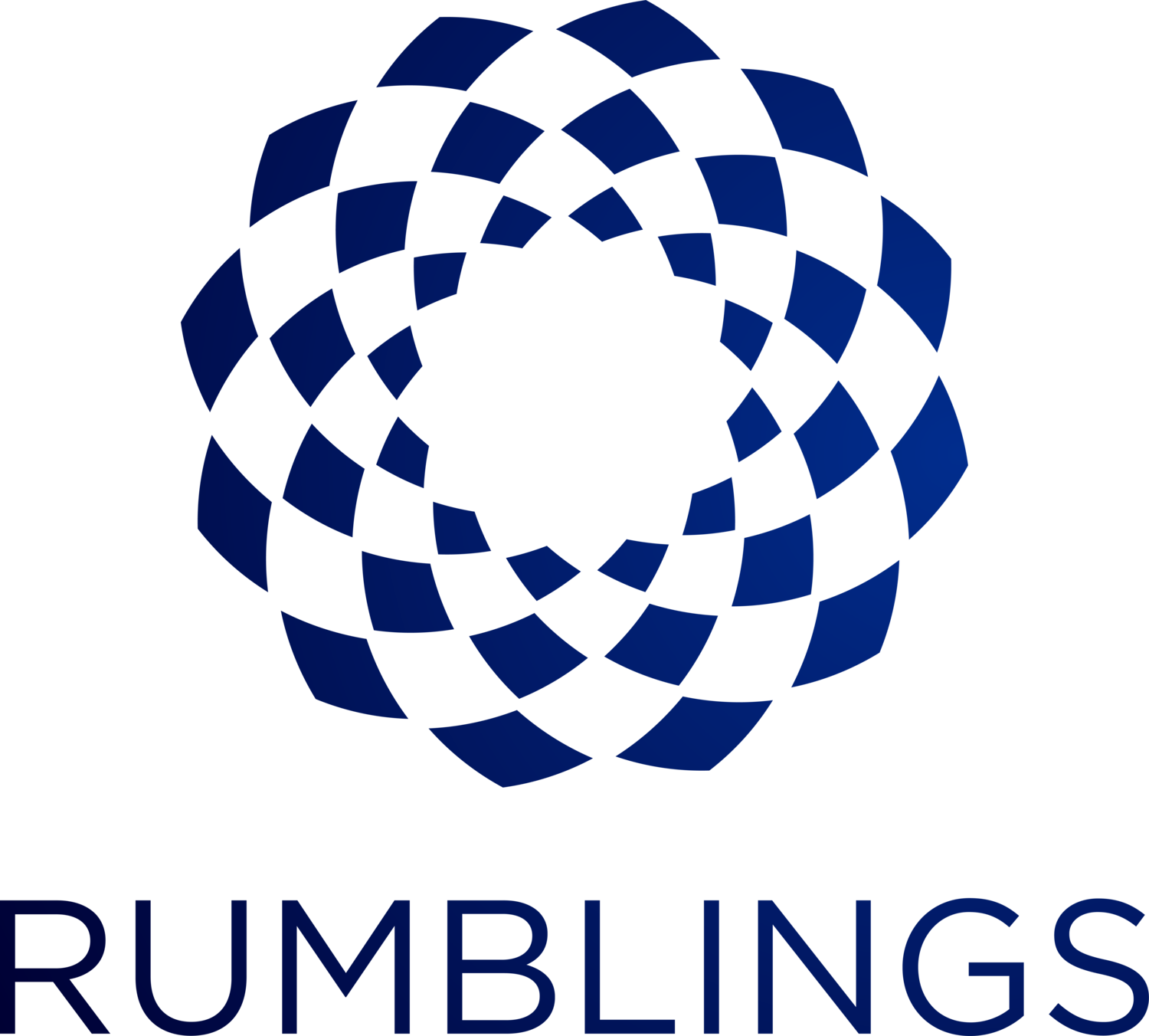The Benefits of Tracking Food and Activity for Health and Longevity
Track food and activity to ensure healthy aging.
In midlife, women often juggle everything from career demands to family commitments. And let's be real: With all that on your plate, your health can sometimes take a back seat.
One simple yet powerful way to reclaim your health and vitality is to track your food intake and physical activity. This practice can significantly enhance your well-being, promote longevity, and empower you to make informed lifestyle choices.
To be honest, we have a love-hate relationship with tracking. It is an excellent tool with many benefits. Still, there may be better approaches than tracking if you become obsessive about recording everything and lose the joy of eating and moving your body.
Explore the benefits of tracking food and activity below to decide if it's right for you. If you do, don’t miss the tools we recommend.
The Benefits of Tracking Food and Activity
1. Enhanced Awareness and Accountability
Keeping track of what you eat and how much you move makes you more aware of your habits. It can help you spot patterns and habits causing weight gain, fatigue, or other health issues. When you log your meals and activities, you hold yourself accountable, making it easier to stick to healthier choices. Even if you don’t track every workout detail, jotting down how you feel can be helpful. Were you energized or dragging? Did exercising in the morning or later affect how you felt or slept? It can help you spot trends and make adjustments, like tweaking meal times, getting more protein, finding the best time to exercise, or deciding whether to do one long session or break it up into smaller ones. These small changes can help you stay consistent and increase your overall activity.
2. Better Nutritional Balance
Monitoring your food intake helps ensure you are getting the necessary nutrients. It allows you to realize how many calories your body needs to maintain your weight and can help to spot deficiencies or excesses in your diet. For example, you might know you’re not consuming enough protein or fiber, leading you to make different choices that support better overall health.
3. Weight Management
For many midlife women, maintaining a healthy weight becomes more challenging due to a busy lifestyle, hormonal changes, and possibly a slower metabolism. Tracking food and activity provides a clear picture of your calorie intake versus expenditure, making it easier to manage weight effectively. This proactive approach can prevent weight gain and related health conditions.
4. Increased Movement
Keeping track of your workouts helps you set realistic fitness goals and see your progress. Even if you don’t track every workout detail, jotting down how you feel can be helpful. Were you energized or dragging? Did exercising in the morning or later affect how you felt or slept? This can help you spot trends and make adjustments, like tweaking meal times, getting more protein, finding the best time to exercise, or deciding whether to do one long session or break it up into smaller ones. These small changes can help you stay consistent and increase your overall activity.
5. Disease Prevention
Regular tracking can alert you to unhealthy trends before they escalate into serious health issues. By maintaining a balanced diet and regular exercise, you can reduce the risk of chronic diseases such as diabetes, heart disease, and osteoporosis, which are prevalent among midlife women.
Addressing Common Barriers for Midlife Women
Barrier: Lack of Time
You're not alone if you need help finding time for health management in your busy schedule. Using user-friendly apps or simple journaling techniques can make tracking a lot easier. These tools offer quick logging and sync with your wearable devices, making the process more convenient and less time-consuming.
Barrier: Technological Challenges
Need the need to be more tech-savvy? Learning to use new apps or devices can feel daunting. Opt for simple, intuitive tools to ease the learning curve. Consider going back to the basics and recording in a notebook.
Barrier: Motivation and Consistency
It can be challenging to stay motivated and track everything consistently. Try setting small, achievable goals and celebrating your progress—it helps boost motivation! And getting your friends or family involved can provide that extra bit of encouragement and accountability.
Pros and Cons of Tracking Food and Activity
Pros:
Personalized Insights: Gain a deeper understanding of your unique health needs and tailor your diet and exercise accordingly.
Goal Achievement: Clear tracking helps set and achieve health and fitness goals.
Preventative Health: Early detection of unhealthy patterns allows for timely interventions. Share your newfound insights with your health professionals.
Cons:
Time-Consuming: Regular logging can be time-consuming and may feel like a chore. Consider logging less frequently to check in on your progress or choose a simpler way to track. See the suggestion below.
Obsessive Behavior: There’s a risk of becoming too focused on tracking, which can lead to anxiety or stress. Tracking may be problematic if you become hyperfocused on calories, macronutrients, or exercise zones and lose the joy of eating or moving. Work with a registered dietitian or exercise specialist to find alternative tools for you.
Technological Barriers: Learning to use new apps or devices can be challenging for some. YouTube is an excellent resource for learning new apps, and most companies have free webinars to help you get started.
Conclusion
Tracking food and activity can be a game-changer for midlife women looking to boost their health and longevity. It helps you stay aware, get balanced nutrition, manage weight, improve fitness, and prevent diseases. Sure, there can be some challenges, but tracking can become a manageable and rewarding part of our daily routine with the right tools and mindset.
Embrace this proactive approach to take control of your health and enjoy a vibrant, fulfilling midlife and beyond.

